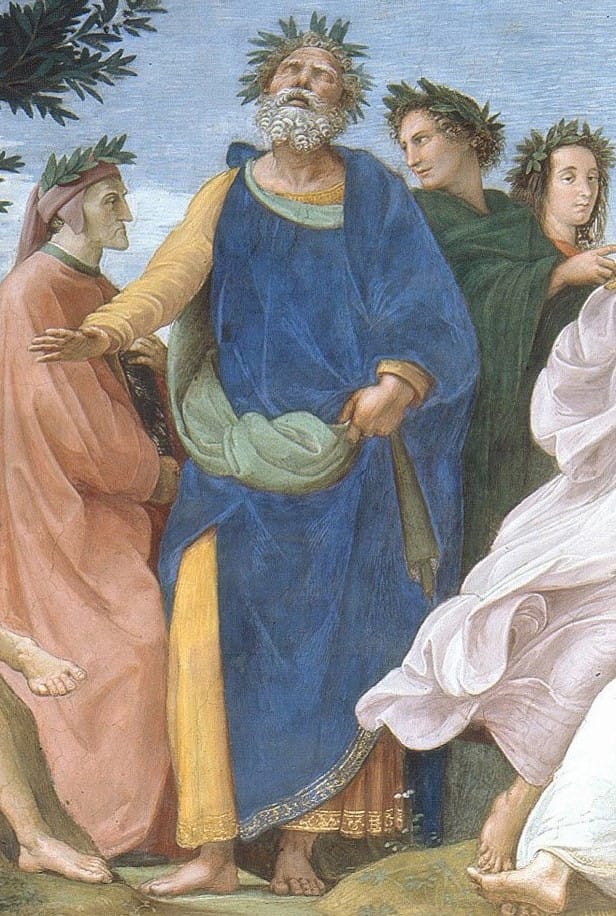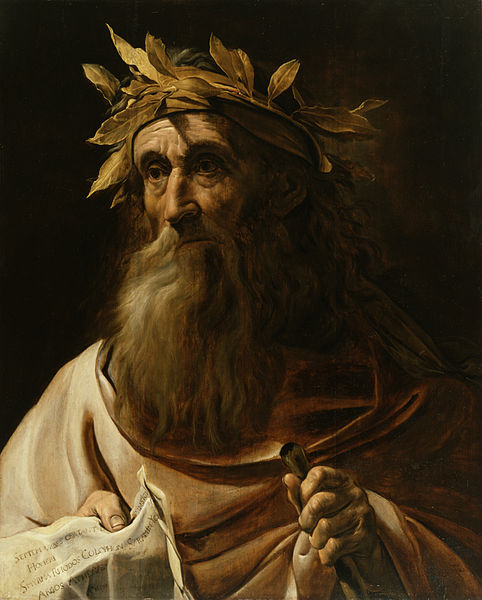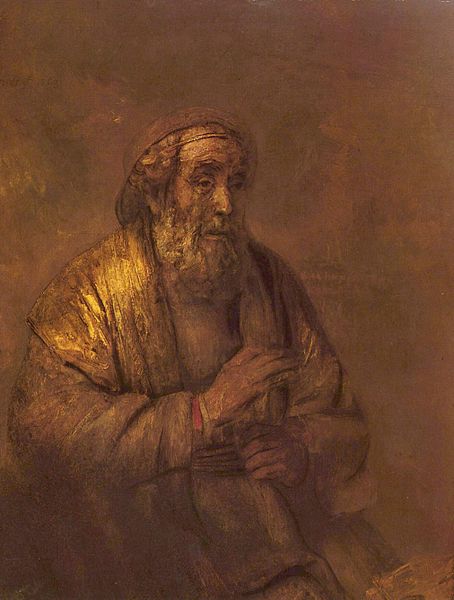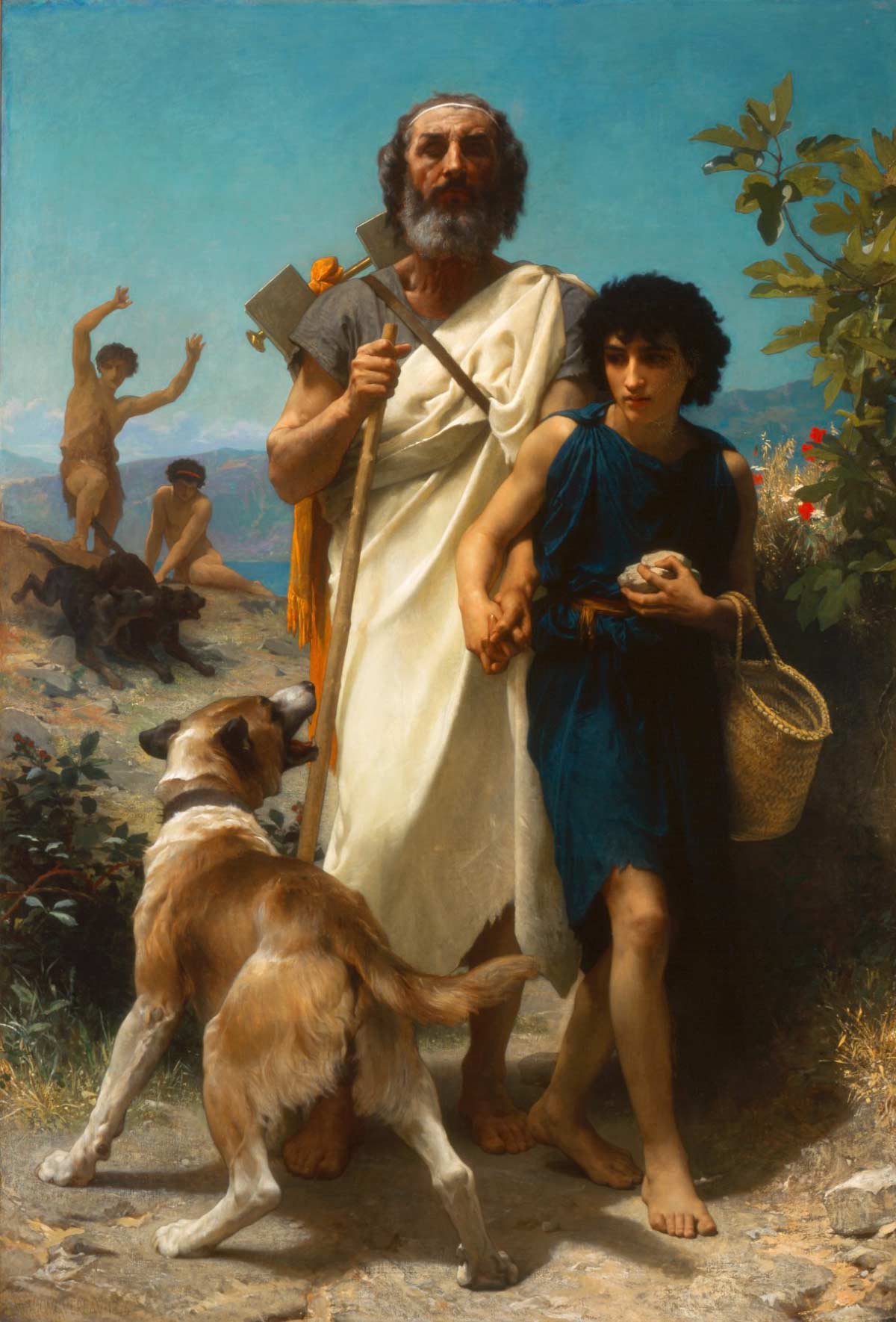Homer's 'Odyssey'

Although attributed to the poet Homer, who may have lived around 700 B.C.E., the Odyssey was forged into its brilliant form by oral storytellers over many hundreds of years. Then it was written down and reshaped again and again. Set in a time when a pantheon of gods ruled the ancient world, those gods freely interacted with men and women. Few humans ever transcended the distance between the earth and the heavens, between the real world and Olympus. It was the destiny of the hero to confront death and to accept it at the end, as Achilles does in the Iliad, while the gods remained immortal. One might say that Odysseus always resented that arrangement. Perhaps Homer did too.
Is that why he is always depicted as old and blind? Below are some paintings and sculptures of Homer.





